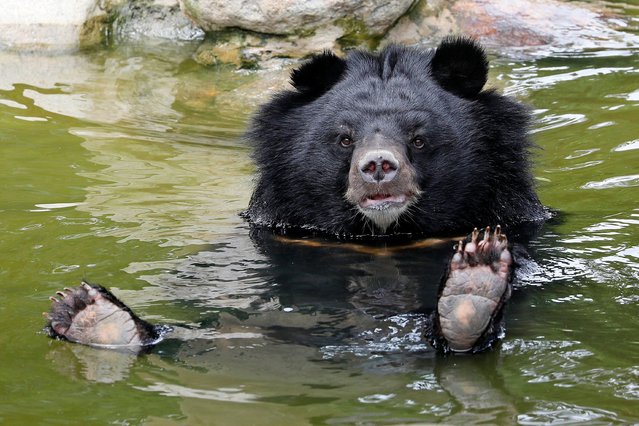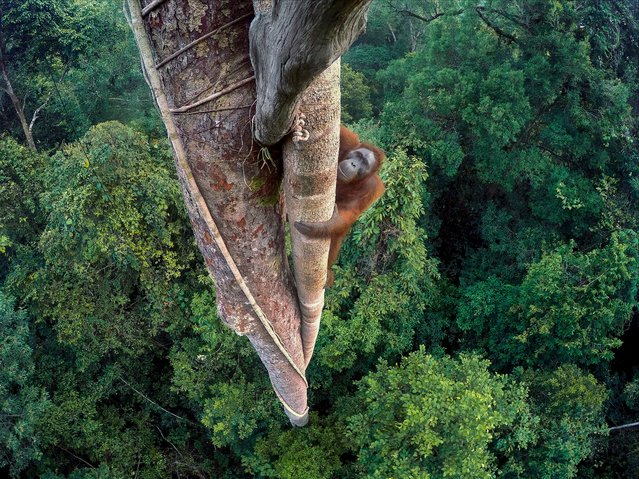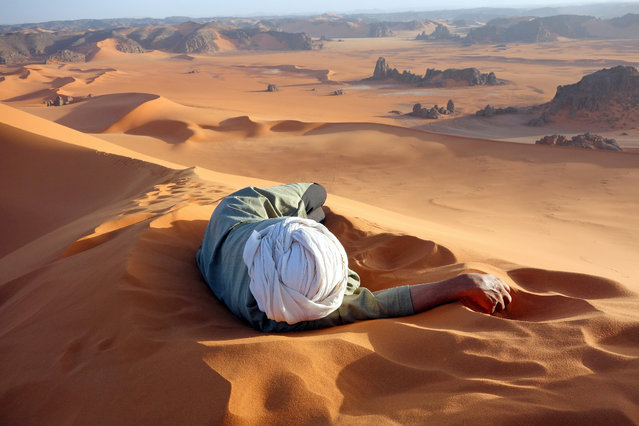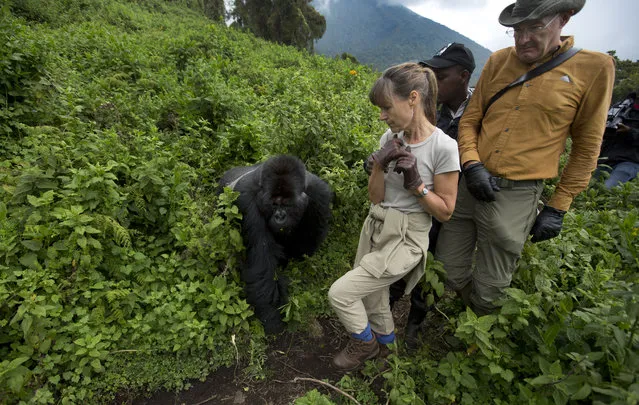
“Incheon Pentaport Rock Festival is a rock festival, which is held annually in Incheon, South Korea for three days at the end of July. It is considered as one of the biggest live music events in South Korea. The festival covers various genres of music, but mainly rock music and electronic music. The name came from five main themes of the festival; music, passion, environment friendly, DIY, and friendship”. – Wikipedia
Photo: Festival-goers enjoy a performance during day two of the Pentaport Rock Festival at Dream Park on August 6, 2011 in Incheon, South Korea. (Photo by Chung Sung-Jun/Getty Images)
Photo: Festival-goers enjoy a performance during day two of the Pentaport Rock Festival at Dream Park on August 6, 2011 in Incheon, South Korea. (Photo by Chung Sung-Jun/Getty Images)
07 Aug 2011 12:29:00,post received
0 comments







